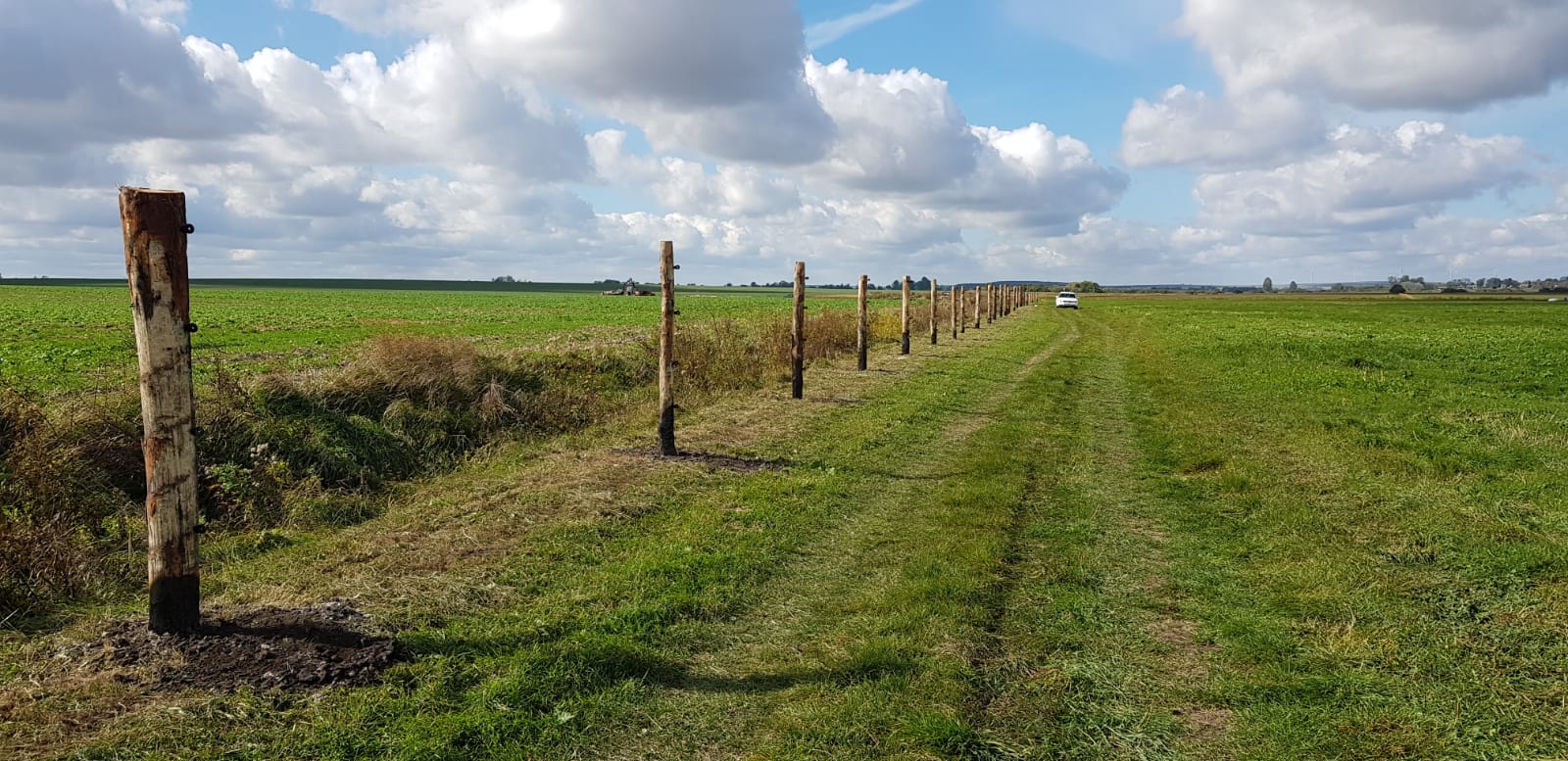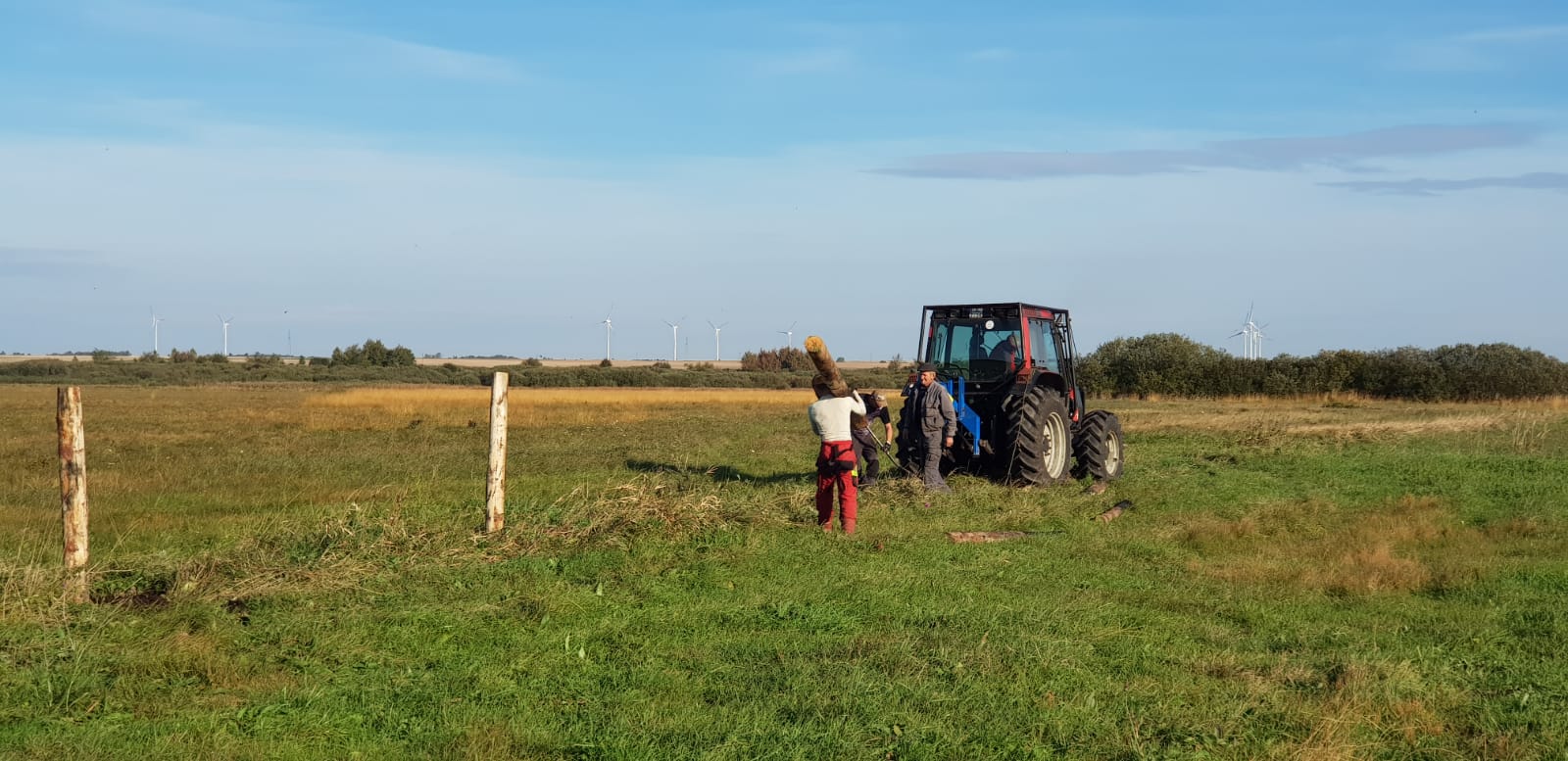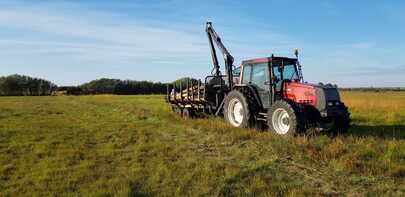Projekt „Implementacja Krajowego Programu Ochrony Dubelta – etap I” LIFEGALLINAGO ACTION PLAN współfinansowany jest przez Unię Europejską w ramach Instrumentu Finansowego LIFE (nr umowy LIFE17 NAT/PL/000015) oraz przez Narodowy Fundusz Ochrony Środowiska i Gospodarki Wodnej (nr umowy 266/2018/Wn50/OP-WK/LF/D)
The project "Implementation of the National Action Plan for Great Snipe - stage I" LIFEGALLINAGO ACTION PLAN is co-financed by the European Union under the LIFE Financial Instrument (contract number LIFE17 NAT/PL/000015) and by the National Fund for Environmental Protection and Water Management (contract number 266/2018/Wn50/OP-WK/LF/D)





